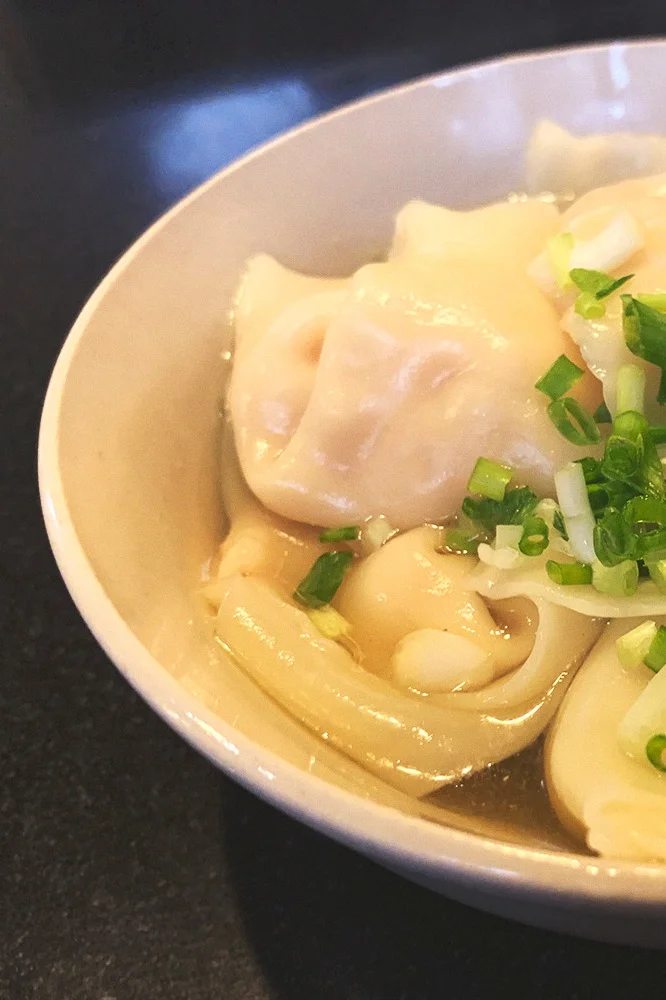Hong Kong's Architecture: high rise vs. tradition
Glass skyscrapers, avant-garde structures designed by contemporary architects, dense towers that stand out against the sky with a concentrated pattern of windows, air conditioners and satellite-dishes marking the rhythm of the apartments.
A concrete and glass jungle crossed by frenetic men in ties, hasty taxis, animated by horn and swarming markets.
But among the disorderly façades, the pedestrian overpasses that cross the entire city, the banks and shopping malls, the escalators that facilitate the ascent to the hill, there are some fragments of tradition withstanding the urbanization, the desire for modernity, the frenetic rhythms of contemporary life.
One crosses the city with the nose turned upwards, looking at that urban tangle that develops vertically rather than horizontally, and trying to distinguish between the coloured concrete walls, the windows enclosing the laundry laid to dry, the cables of the plants hanging from the facades, the dangerous bamboo scaffoldings.
Then, at a certain point, that small glimpse of sky that emerged between the buildings becomes much larger, the buildings thin out and the gaze naturally returns to human height, where against the backdrop of high towers is now set a small temple with green tiles, crowned by some dragon.
Man Mo Temple is a mystical and silent place in the heart of the city. One enters a dark and smoky cave, with a central area surrounded by lanterns and prayers transcribed on red cards, the same ones that hang from the spirals of incense burning in dozens hanging from the ceiling. The faithful leave a prayer and turn on a spiral, which slowly burns, flooding the dark wooden hall with aromatic smoke. A window at the top lets in light that outlines the swirls of smoke and lights up the fog that envelops the worshippers and the tourists.
An oasis of prayers among the skyscrapers of the central district.
But to find the most iconic contrast between modern and traditional architecture you need to take a few subway lines, and go to the suburbs, over Kowloon, to visit the Nan Lian Garden.
One emerges from the subway in an anonymous shopping mall, surrounded by fast-flowing streets, intersecting with viaducts and tunnels and gigantic residential buildings. There's almost a doubt that you've made the wrong stop when you see the entrance to the garden. Once crossed the wooden door and the fence, it is another dimension. Hills covered with bonsai trees and flowers, a small lake furrowed by red carp surrounding a golden pagoda, buildings in imperial style in dark wood creaking under the steps of visitors.
The play of perspectives changes the perception of this place at every step: now you are immersed in the green that contrasts the blue sky, now the pagoda clashes with a skyscraper in the distance and merges with the texture of the windows.
The heart of the garden is the Chi Lin Nunnery, a Buddhist monastery built in the 1930s and maintained intact: a complex of religious buildings and pools populated by water lilies enclosed within a portico that runs along the perimeter. Just keep observing the monastery without looking up, to feel immersed in peace, tranquility, and another era. But it's enough then to raise your head to be amazed.
The contrast from here is even more evident. Standing on a podium, the complex is completely surrounded by the multitude of working-class residential skyscrapers rising in the neighboring districts and covering the horizon. Ceramic tiles on the background of air conditioners, gargoyles in the shape of leaves and dragons that blend with the rhythm of the windows of the skyscrapers, the sharp profiles, shaped, sinuous of the roofs of the temple, collide with the rigid, hard, geometric lines of the skyscrapers in the form of parallelepipeds.
Silence and noise, harmony and disorder, sacred and profane, in a harmonious and spectacular coexistence.















